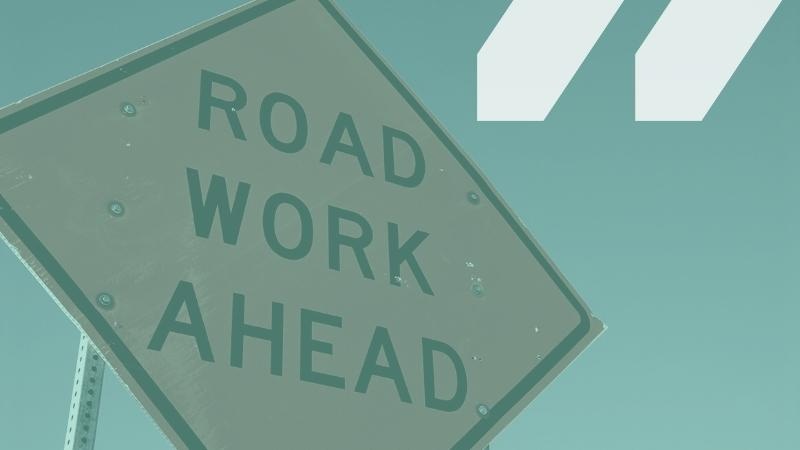
Earlier this year, NCAN observed that “summer is the time for K-12 and higher ed to be friends.”
As it turns out, fall is a pretty good time for that, too.
Our sense from talking with districts and schools across the country is that a substantial number of their students matriculate to a handful of institutions, with a long tail of additional institutions getting one or just a few students each year. Our other sense, unfortunately, is that few districts and schools have close professional contact with the institutions welcoming most of their graduates.
Summer melt is an obvious place for collaboration, and it’s never too late to start shoring up the partnerships that will lead to a more successful postsecondary transition for the class of 2022. It’s also not the only place.
Confused about where to start? We’re here to help.
Edutopia has some very good suggestions, and they largely fall under the heading of creating a win-win solution. Some of the concrete ideas they propose include:
- Getting volunteers for an after-school or STEM program
- Inviting guest speakers to discuss careers with students
- Providing help evaluating a program or an intervention
- Collaborating on a grant that could bring professional development for school staff
One that isn’t here, but that’s highly relevant for college and career readiness, is inviting staff from financial aid offices to present or assist with FAFSA completion events. Not only are these personnel well-versed in financial aid issues, they can also talk with students and families about how to read award letters and what they can expect in financial aid packages.
That gives a good start for ideas, but for a glimpse at what these partnerships look like in practice, the University of California offers a number of ideas through the entire K-12 spectrum.
The Gates Foundation, through the lens of pandemic recovery, also has some ideas. In particular for college and career readiness, they suggest by “ramping up access to dual enrollment and early college learning experiences, which help students from low-income backgrounds gain college credits while still in high school and thus save them time and money, K-12 and higher ed leaders have an opportunity to provide high school students access to much-needed mentoring, advising, career-connected learning, and early credential attainment” and note that “states like Florida, Ohio, and Washington have demonstrated the models and principles that can lead to strong dual enrollment programs.”
Our country is asking the K-12 sector and everyone within and adjacent to it to shoulder more responsibilities to help students, but districts and schools can’t (and shouldn’t) do it alone. If you or someone in your district or school haven’t knocked on the inbox of the institutions receiving your students, now is the season to find out how you can help each other out.
Bill DeBaun from the National College Attainment Network shares ideas and strategies for connecting with higher education institutions throughout the school year.